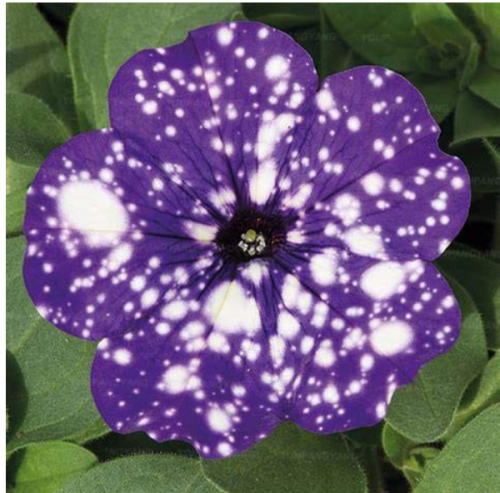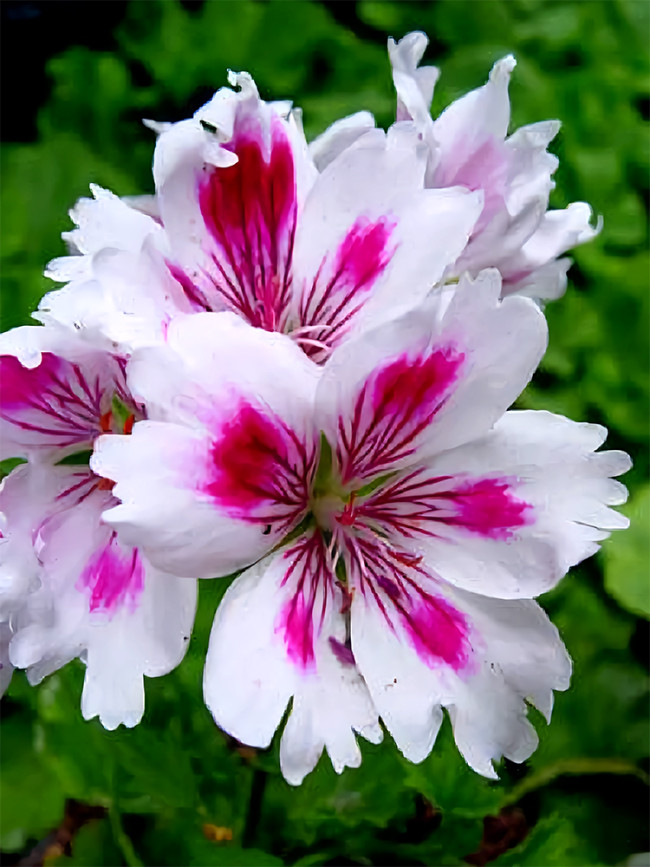US$ 5.99 US$ 8.21
- Standard
- Quantity
-
Adding to cart succeed

-
- Product Name: Geranium 'Arnside Fringed Aztec'
- Item NO.: CO-1021
- Weight: 0.01 kg = 0.0220 lb = 0.3527 oz
- Category: BELLFARM Choice > Seeds
- Tag: seeds
- Creation Time: 2017-07-17
You May Also Like
-
 100pcs Rare Beautiful Petunia Flower Plants 24 ...US$ 1.45 US$ 1.99
100pcs Rare Beautiful Petunia Flower Plants 24 ...US$ 1.45 US$ 1.99 -
 200pcs/lot Mixed Beardtongues Penstemon Perenni...US$ 1.67 US$ 2.29
200pcs/lot Mixed Beardtongues Penstemon Perenni...US$ 1.67 US$ 2.29 -
 Spearminted Mint Bonsai Bergamot Sweet Horse Mi...US$ 1.45 US$ 1.99
Spearminted Mint Bonsai Bergamot Sweet Horse Mi...US$ 1.45 US$ 1.99 -
 100 Pcs French Provence Lavender Plant Beautifu...US$ 2.91 US$ 3.99
100 Pcs French Provence Lavender Plant Beautifu...US$ 2.91 US$ 3.99 -
 Beautiful Flower of Indonesia,The World's Large...US$ 1.45 US$ 1.99
Beautiful Flower of Indonesia,The World's Large...US$ 1.45 US$ 1.99 -
 50pcs Rare Quisqualis, Bonsai Flower Bonsai,NIX...US$ 1.45 US$ 1.99
50pcs Rare Quisqualis, Bonsai Flower Bonsai,NIX...US$ 1.45 US$ 1.99 -
 Euphorbia obesa Basketball Sea Urchin Bonsai,10...US$ 1.45 US$ 1.99
Euphorbia obesa Basketball Sea Urchin Bonsai,10...US$ 1.45 US$ 1.99 -
 100 Pcs Thailand Climbing Beautyful Rose Bonsai...US$ 1.45 US$ 1.99
100 Pcs Thailand Climbing Beautyful Rose Bonsai...US$ 1.45 US$ 1.99
- Newsletter
- Join our community
- Company Policies
- Return Policy Privacy Policy Terms of Use Infringement Policy
- Company Info
- Feedback Customer Reviews About Us Contact Us News
- User Center
- Forget Password My Orders Tracking Order My Account Register
- Payment & Shipping
- Customs & Taxes Locations We Ship To Shipping Methods Payment Methods



Customer Reviews